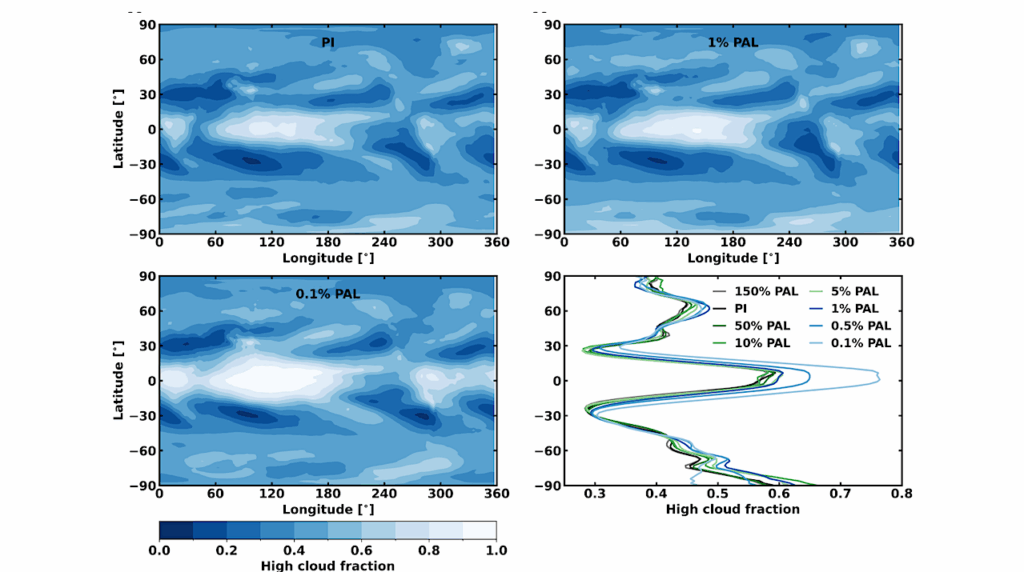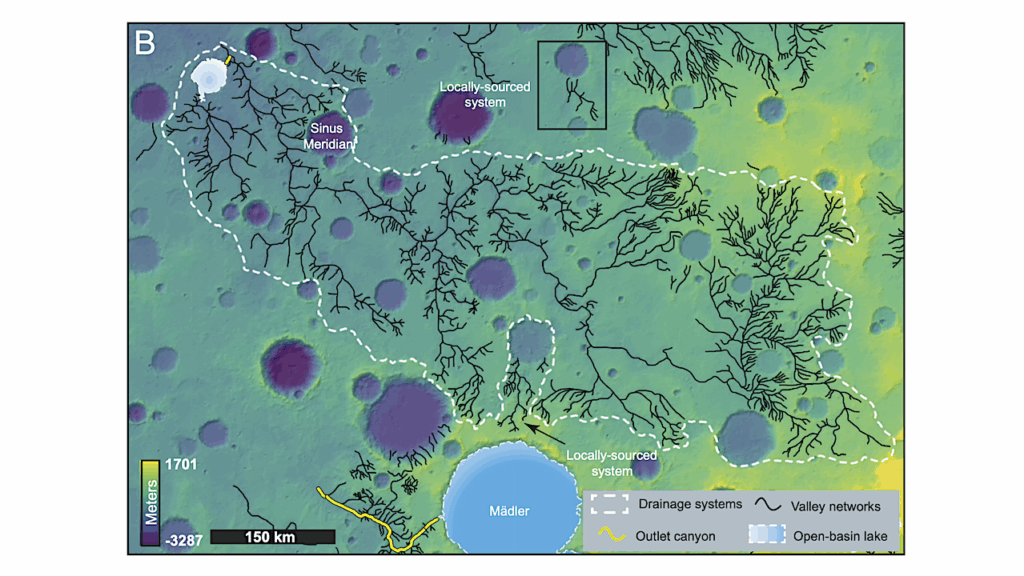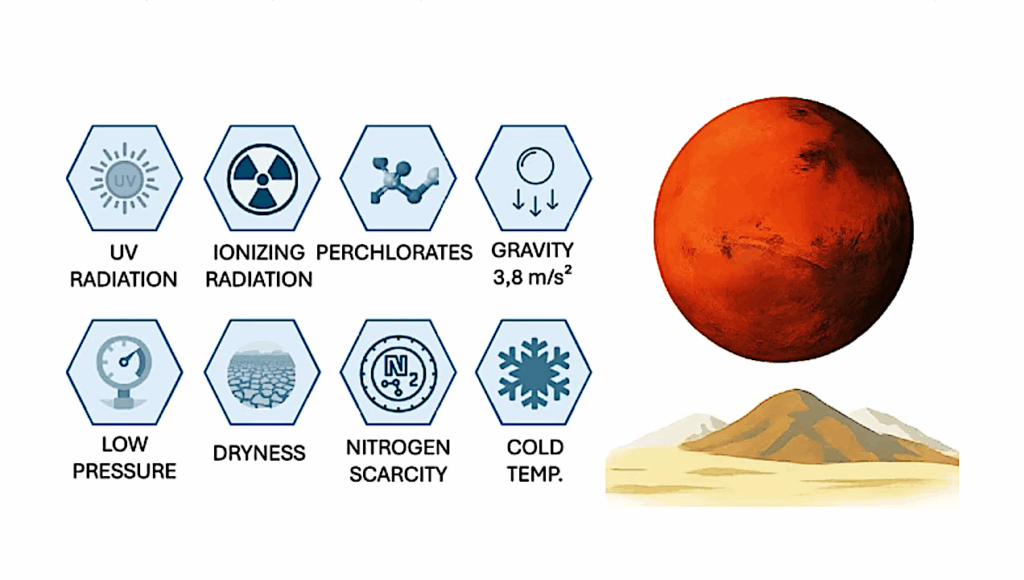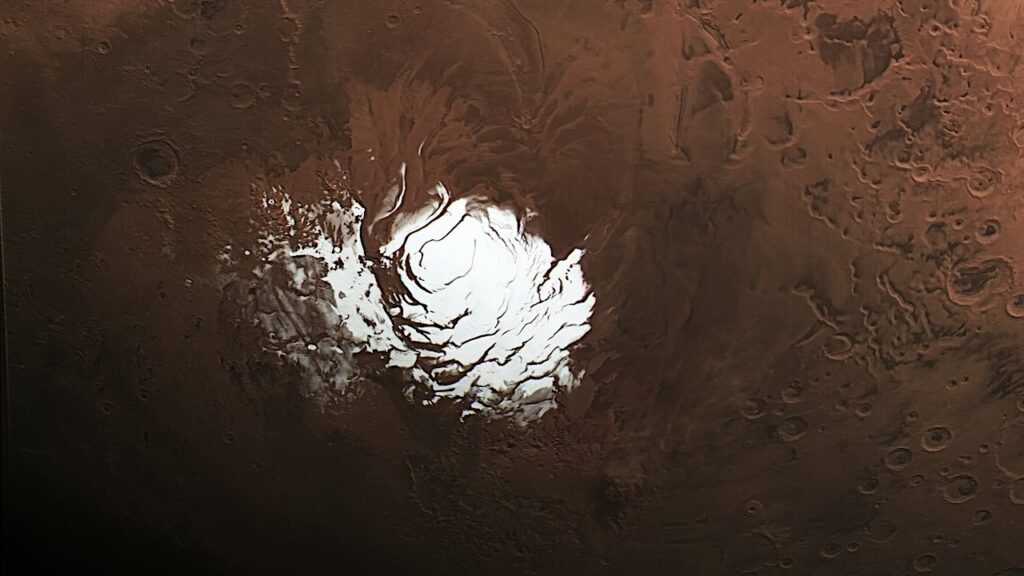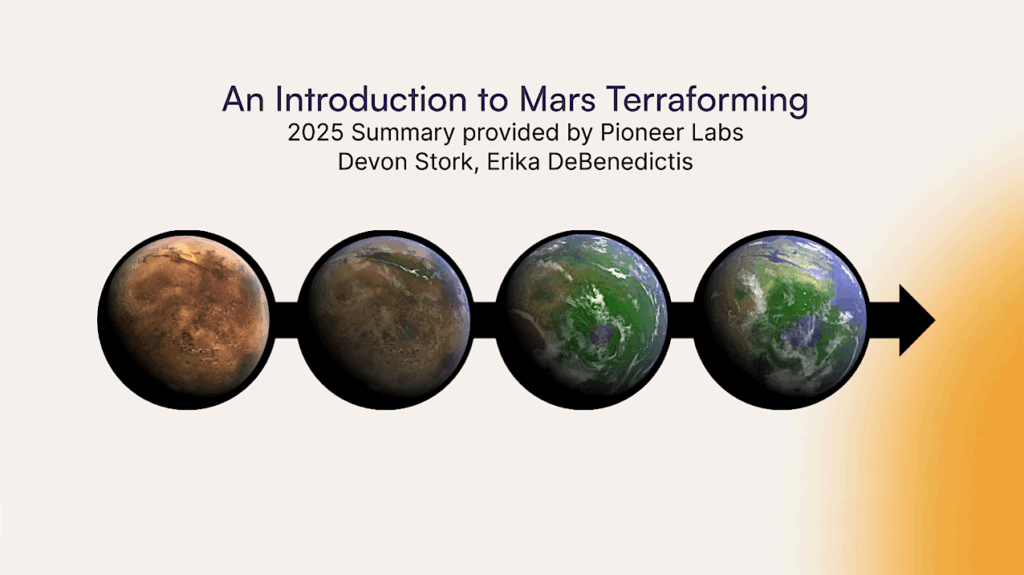How To Create An Artificial Magnetosphere For Mars

If humanity is ever to consider substantial, long-term colonization of Mars, the resources needed are going to be extensive. For a long-term human presence on Mars to be established, serious thought would need to be given to terraforming the planet.
One major requirement for such terraforming is having the protection of a planetary magnetic field which Mars currently does not have. In this article we explore comprehensively for the first time, the practical and engineering challenges that affect the feasibility of creating an artificial magnetic field capable of encompassing Mars. This includes the concerns that define the design, where to locate the magnetic field generator and possible construction strategies. The rationale here is not to justify the need for a planetary magnetosphere but to put figures on the practicalities so as to be able to weigh the pros and cons of the different engineering approaches.
The optimum solution proposed is completely novel, although inspired by natural situations and fusion plasma techniques. The solution with the lowest power, assembly and mass is to create an artificial charged particle ring (similar in form to a “radiation belt”), around the planet possibly formed by ejecting matter from one of the moons of Mars (in fashion similar to that that forms the Io-Jupiter plasma torus), but using electromagnetic and plasma waves to drive a net current in the ring(s) that results in an overall magnetic field.
With a new era of space exploration underway, this is the time to start thinking about these new and bold future concepts and to begin filling strategic knowledge gaps. Furthermore, the principles explored here are also applicable to smaller scale objects like manned spacecraft, space stations or moon bases, which would benefit from the creation of protective mini-magnetospheres.
Ruth A. Bamford, Barry J. Kellett, James L. Green, Chuanfei Dong, Vladimir Airapetian, Bob Bingham
Comments: Accepted for publication Acta Astronautica Sept 2021
Subjects: Space Physics (physics.space-ph); Earth and Planetary Astrophysics (astro-ph.EP); Instrumentation and Methods for Astrophysics (astro-ph.IM); Popular Physics (physics.pop-ph)
Journal reference: Acta Astronautica, Volume 190, January 2022, Pages 323-333
DOI: 10.1016/j.actaastro.2021.09.023
Cite as: arXiv:2111.06887 [physics.space-ph] (or arXiv:2111.06887v1 [physics.space-ph] for this version)
Submission history
From: Ruth Bamford
[v1] Fri, 12 Nov 2021 19:46:41 UTC (5,257 KB)
https://arxiv.org/abs/2111.06887
Astrobiology.


